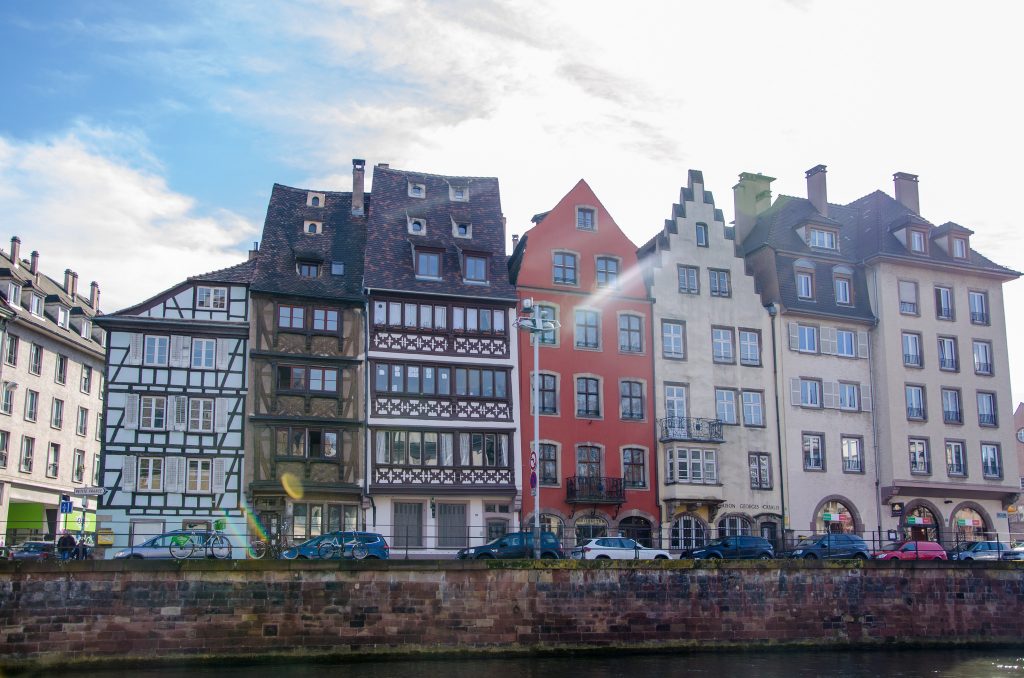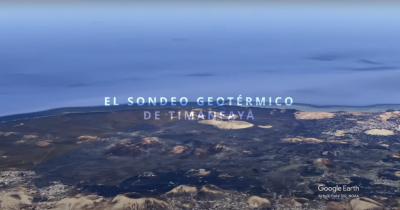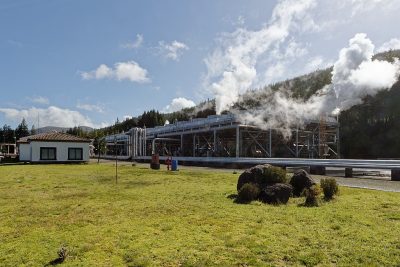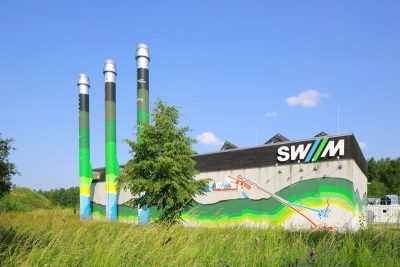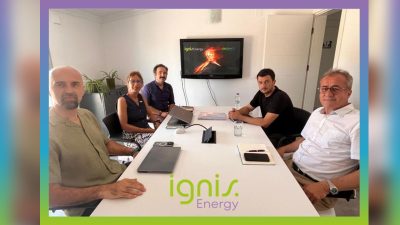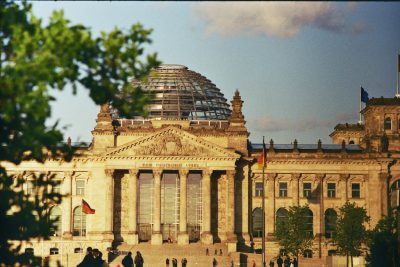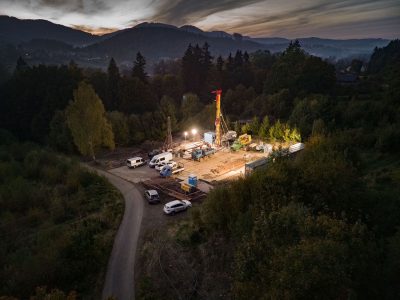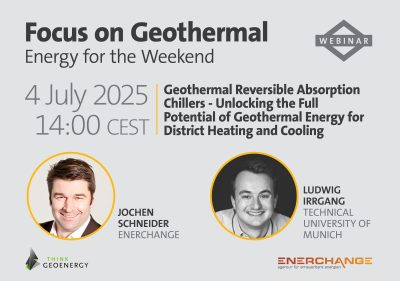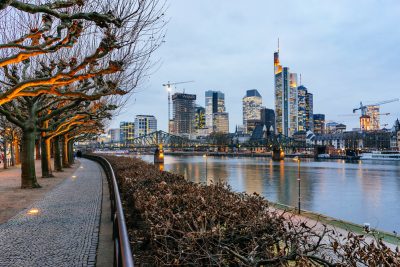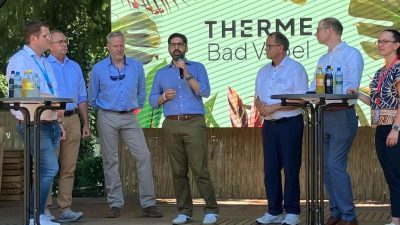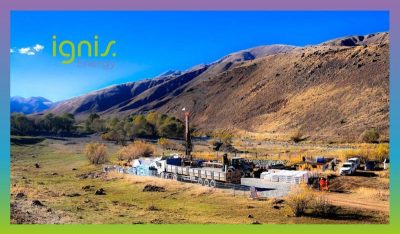City of Strasbourg pushing a green revolution with geothermal as large part of it
With the hottest deep geothermal well drilled in France, the city of Strasbourg is on a path to build geothermal heating into its green energy future.
In an article in July this year, French publication Sciences et Avenir reported on the “green revolution” of the city of Strasbourg in the Alsace region in France. With renewable energy technologies of deep geothermal energy, biomass, heat pumps and hydropower, the Eurométropole de Strasbourg is preparing its future with a green revolution and is multiplying projects to prepare a future post-petroleum and post-Fessenheim, with 100% renewable energies in 2050 as objective.
In Reichstett, a few kilometers north of Strasbourg, Fessenheim, the site of the former oil refinery closed in 2011 is changing: a “rig” (platform) equipped with a powerful arm on hydraulic cylinders, drilled a well for deep geothermal energy. The well drilled to a depth of 4,680 m derives water of the water table at 220 centigrades, the hottest well of France at this depth.
On the site of the Aquitaine Fonroche, up to 50 operators work on the rig which, in a back-and-forth movement and a thud, hollow and sinks day and night, in the earth’s crust steel tubes for form the geothermal well.
“The first borehole is fetching hot water, the water then goes into a heat exchanger that will form the thermie, before returning to a second borehole, nothing comes out on the surface,” explains Jean-Philippe Soulé, general manager of Fonroche. Geothermal energy to the press.
The project, one of the largest projects of its kind in continental Europe, will be completed in 2019.
It will eventually supply the hot water and heating network of the Alsatian metropolis: public institutions, retirement homes, schools, hospitals and a third of the 65,000 housing units of the HLM park.
“It is calculated that the distance between the two boreholes gives 50 years of operation, for a loss of water temperature of 3 centigrades,” said Mr. Soulé.
In this desert landscape, swept by the gusts of sand dust, one can see in the distance in the middle of the vast vats of hydrocarbons, the circular tower with white and red bands of the former burner of the refinery.
The community has chosen to keep this wasteland where nest raptors today.
Once the construction site is finished, the Reichstett rig will be dismantled to operate on two other future geothermal projects in Illkirch-Graffenstaden and Eckbolsheim.
It will then remain nothing more than a heat exchanger, a facility “barely larger than a shoebox,” says Alain Jund (EELV), deputy in charge of Energy Transition.
Planning energy autonomy
With three geothermal projects, a biomass plant generating biomethane reinjected into the gas network, a hydroelectric power plant on the Rhine, the Eurometropolis (33 municipalities, 500,000 inhabitants), aims for energy autonomy in 32 years .
She sees a “realistic goal” that will enable her to “locally” implement the Paris Agreement at the end of 2015 on the fight against climate change. This agreement aims to halve energy consumption by 2050 globally.
In France, “the import of energy is today more than EUR 61 billion.We can not continue to rely on others, buy Russian gas or oil + democracies + Gulf ( …) The Eurometropolis must prepare the post-oil and engage post-Fessenheim, “said Alain Jund.
In May, EDF announced that a possible new delay of a few months in the Flamanville EPR could postpone the closure of Fessenheim in the summer of 2019.
In addition to its 400 heat pumps already operational, Strasbourg wants to acquire thermal power plants based on wood waste and a “biogas project” for its 20,000 t of green waste.
For photovoltaic energy, still shy, a cadastre will “define the solar potential on the agglomeration”.
“That a metropolis like Strasbourg is launching is a very good thing, it’s certain that it will work, but this is only the end of the road, we must not forget to go further”, says Marc Jedliczka, spokesman for the NeWaWatt Association, a network of experts, engineers and lawyers.
“Sobriety” in terms of consumption and energy “efficiency” (insulation, efficiency of equipment), represent “half of the way” and “the other half is production”, says the association.
Like Strasbourg, more and more metropolises have begun their energy transition, observes négaWatt.
The association accompanies that of Lyon in “European exchange programs of methodologies” with the cities of northern Europe, Copenhagen, Amsterdam, Hamburg, and Vienna.
“We have seen that these cities are very advanced in terms of approaches,” says Jedlinczka.
Source: Sciences et Avenir
